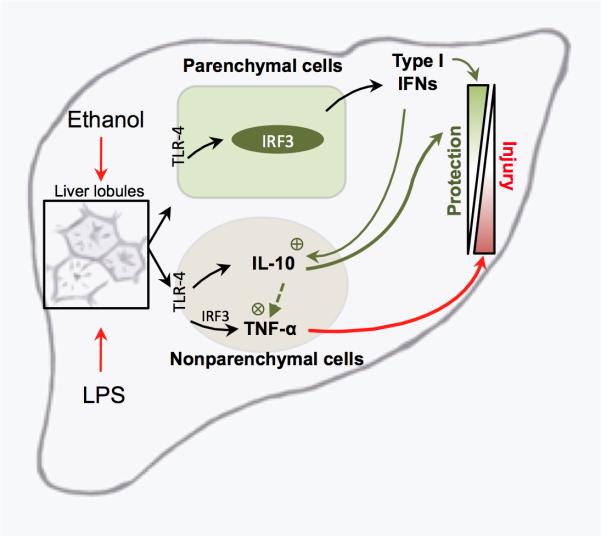Fig. 7. Proposed mechanism of parenchymal cell-mediated control of inflammatory responses in alcohol-induced liver injury.
Chronic alcohol consumption results in increased exposure of the liver to the gut-derived lipopolysaccharide (LPS). LPS is recognized via the Toll-like receptor 4 (TLR-4) on nonparenchymal and parenchymal cells. In non-parenchymal cells, LPS increases production of inflammatory cytokines via multiple transcription factors, including IRF3. In parenchymal cells, LPS induces Type I interferons (IFN) in IRF3-dependent manner. In turn, hepatocyte-derived Type I IFNs enhance IL-10 and downregulate TNF-α production in non-parenchymal cells, thus regulating the balance between inflammatory and anti-inflammatory cytokines in the liver.

